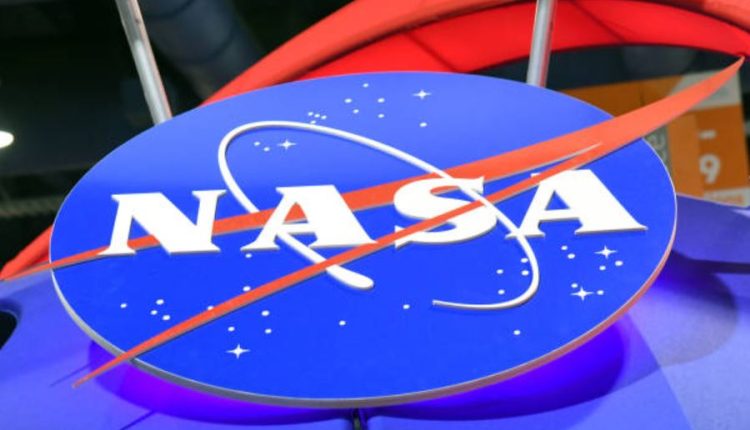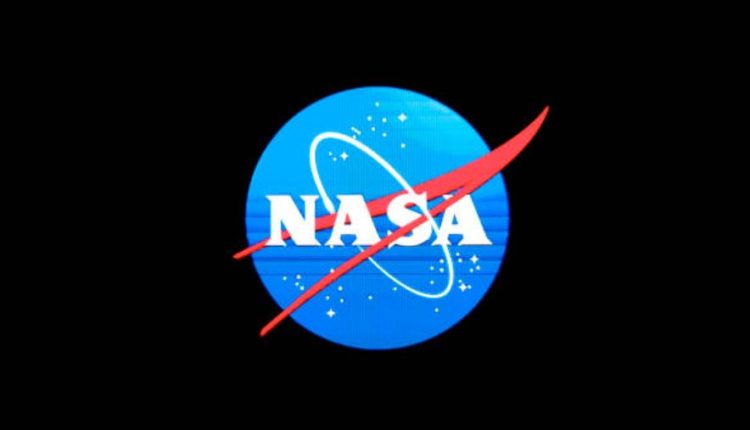
NASA will see a small funding bump in the proposed 2025 federal budget, but it’s far less than the agency initially requested.
The White House allocated $25.4 billion, a 2% increase over 2024. However, this comes after Congress cut the 2024 request from $27.2 billion.
Artemis Program: Paving the Way for Lunar Exploration
Given the complex budgetary landscape, there’s no guarantee that NASA will secure the full $25.4 billion proposed for fiscal 2025, which commences on October 1. Despite this, whatever amount NASA ultimately receives will constitute only a fraction of the overall federal budget, which is projected to reach approximately $7.3 trillion in 2025.
A significant portion of the proposed 2025 budget, totaling $7.6 billion, is designated for NASA’s ambitious Artemis program.
Aimed at establishing a sustainable human presence on and around the moon by the end of the 2020s, this funding will support critical missions such as Artemis 2, slated to launch astronauts around the moon in September 2025, and Artemis 3, which aims to conduct lunar surface operations near the lunar south pole.
The budget request also underscores NASA’s commitment to advancing crewed spaceflight endeavors closer to Earth. For instance, it includes $109 million for the development, in collaboration with private industry, of a vehicle tasked with safely deorbiting the International Space Station (ISS) around 2030.
Additionally, funding is allocated to continue the development of private successors to the ISS in low Earth orbit (LEO), with $170 million earmarked for three commercial LEO partnerships in their initial design phases.
Robotic planetary exploration remains a cornerstone of NASA’s scientific agenda, with the proposed budget allocating $2.73 billion for this purpose.
These funds will enable the agency to pursue groundbreaking missions such as Dragonfly, a rotorcraft designed to explore Saturn’s moon Titan, and support initiatives like Mars Sample Return (MSR), a collaborative project with the European Space Agency aimed at bringing Martian samples back to Earth in the 2030s.
Read more: The Solar Advantage: Securing The $6000 Tax Credit For 2024
Navigating the Future of NASA’s Mars Sample Return Initiative

However, the MSR initiative faces challenges, including cost overruns and scheduling issues, as highlighted in a recent audit by the NASA Office of Inspector General. Consequently,
NASA is awaiting recommendations from an independent review committee expected to issue a report by the end of March, which will inform budgetary decisions for both 2024 and 2025.
Navigating these financial constraints presents NASA with tough choices as it seeks to maintain a balanced portfolio and prioritize high-impact scientific endeavors.
As the agency awaits clarity on the MSR budget, NASA officials emphasize the importance of strategic decision-making to uphold its commitment to exploration and scientific discovery.
“Stay tuned, and we’ll get you the answer in April,” remarked Nicola Fox, associate administrator for NASA’s Science Mission Directorate, underscoring the agency’s dedication to transparency and effective resource management amidst evolving budgetary landscapes.
Read more: Tick Alert: Michigan DNR Signals Potential Increase In Population

